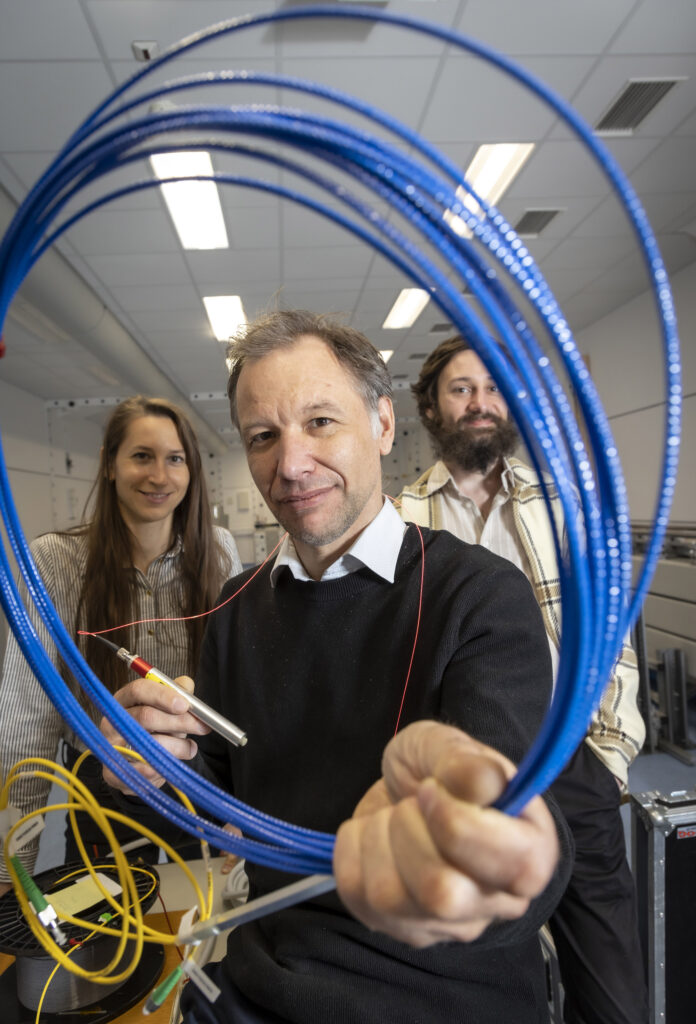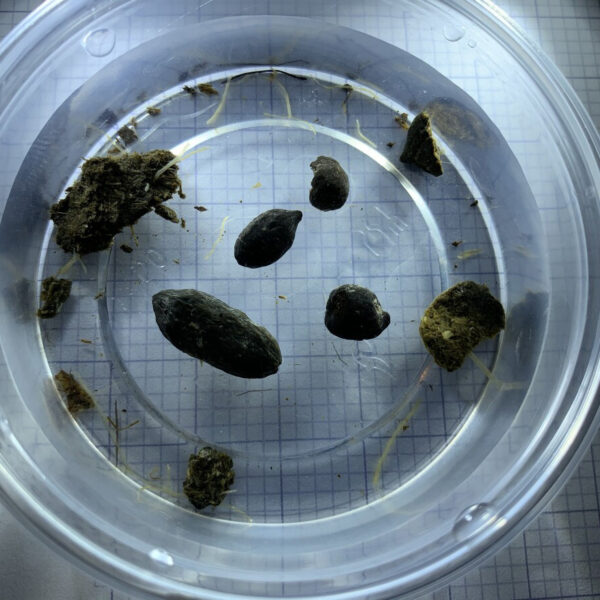Experts Use Fibre Optic Cable Network To Detect Landslides, Quakes and Fires
Scientists in Austria have developed a way of detecting fires, rockslides and earthquakes by measuring minute changes in the light pulses in fibre optic cable networks caused by shifts in land mass or heat from fires.

Experts at the Technical University (TU) in Graz say the geodynamic measurement method can determine where landslides, earthquakes and even fires are taking place by checking on wavelength changes of light pulses in fibre optic cables.
Public infrastructure and private properties in the Austrian Alps as well as in other regions around the world have been increasingly affected by devastating landslides in recent years as the weather keeps getting more erratic.
In a statement from 12th July obtained by Newsflash, Prof Dr Werner Lienhart – who heads the university’s Institute of Engineering Geodesy and Measurement Systems – said: “Landslides and rockfalls are increasingly becoming a real threat to people and infrastructure in light of the changing climate and the associated changes in soil and rock structure.”
Prof Lienhart emphasised: “The more precise the measurement, the earlier hazards can be detected, and consequently damage can be limited or even avoided altogether.”
The TU Graz researchers’ approach focuses on using existing fibre optic cables to localise and classify environmental events.
Prof Lienhart revealed: “The method can also detect signs of fatigue in infrastructures, fires, leaks or earthquakes.”
The expert added: “All of this can be observed along the entire fibre, not just at individual measuring points. This complete coverage lacking in blind spots represents a unique advantage over conventional measuring methods.”

According to the TU Graz scientists, the technology is already being used to monitor several Austrian tunnels.
They emphasise that the technology can be used in the same way to ensure the safe operation of bridges and other civil infrastructure.
Study leader Prof Lienhart said: “In principle, the measurement method can be applied wherever fibre optic lines are present.”
He explained: “Fibres not used for telecommunications purposes – so-called dark fibres – are suitable for these measurements.
“This is also the case along railway lines or roads that are threatened by falling rocks.”
Prof Lienhart concluded: “An alarm can be triggered immediately if stones have fallen onto the track or roadway.”
Speaking about how the new detection method works, Prof Lienhart said: “The measurements are based on light pulses sent into a spare fibre of the line and are evaluated upon their return.
“Depending on the chosen evaluation method, three effects can be measured: acoustic signals or vibrations, temperature fluctuations, and slow changes in strain.”

The TU Graz expert went on: “When three fibres are available, all three effects can be determined simultaneously. If only one fibre is available, only the monitoring of one effect is possible or the methods have to be alternated.
“One measuring device – the so-called interrogator – covers about 40 kilometres of measurement in both directions, so about 80 kilometres of fibre can be observed per device.”
He explained: “We send light at a certain wavelength into the fibre and analyse the reflected spectrum. When the light pulse returns, it normally has the same wavelength as before.
“When something happens in between, however, non-linear effects occur, which appear as slightly offset wavelengths or intensity variations. Depending on the measurement method, I can use these changes and the runtime of the signal to determine at which point of the measured fibre a vibration, temperature change or strain change has occurred.
“As we have shown in both laboratory and field measurements, the sensitivity of our measurements is in the nanometre range, which means that even the smallest changes can be detected.”
And the researcher added: “To detect an event such as a rockfall or landslide, it does not have to occur in the immediate vicinity of the fibre. Events that happen a few hundred metres away can also be detected.”

Founded in 1811, TU Graz is one of the leading higher research institutions in Austria.
The seven-faculty university has around 3,900 employees and more than 13,000 students.










